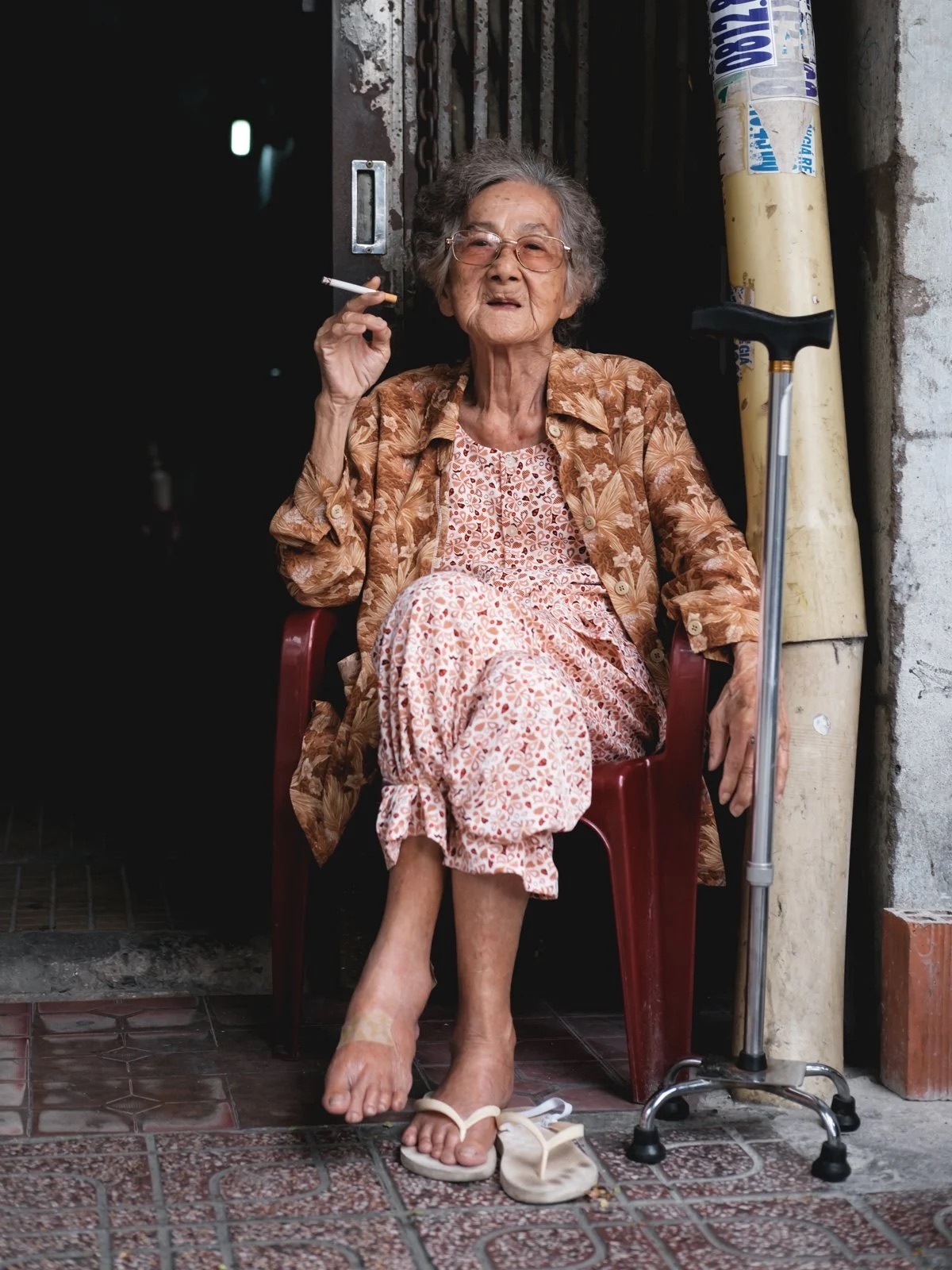As you roam through the daily rhythm of the South, you may encounter Vietnamese women in vibrant clothing sets selling food, riding motorbikes, and chatting across corners, a sight as signature as the packed traffic or the crunchy bánh mì.
Those sets are called “đồ bộ,” a matching ensemble often crafted from cotton, linen, or tole, featuring playful patterns of flora and fauna or bold geometric designs. This attire is commonly worn by Vietnamese women across all generations, usually as their homewear pyjamas and even as streetwear for labor or casual public outings. Crucially, for petty traders running street stalls or small market shops, whose line between “home” and “work” often blurs, đồ bộ has emerged as a quiet “uniform”.
What might seem baffling to foreigners actually holds a deeper story of how Vietnamese women move through heat, home, and street with love, comfort, and resilience.

The Fabric Of Purpose
Despite their apparent visual similarity, đồ bộ differ in their suitability for indoor or outdoor wear by adults or children. Below is an overview of its category.
- As homewear: đồ bộ usually comes with sleeveless, round-neck tops and capri pants to increase breathability.
- As streetwear: long pants and short-sleeve tops with various neck types would be chosen for more politeness and aesthetics.
- For adults: đồ bộ often appears in plain or deeper color shades with more mature patterns.
- For kids: given their active nature and sensitive skin, the fabric is typically more absorbent and stretchy, featuring cute and vibrant designs.
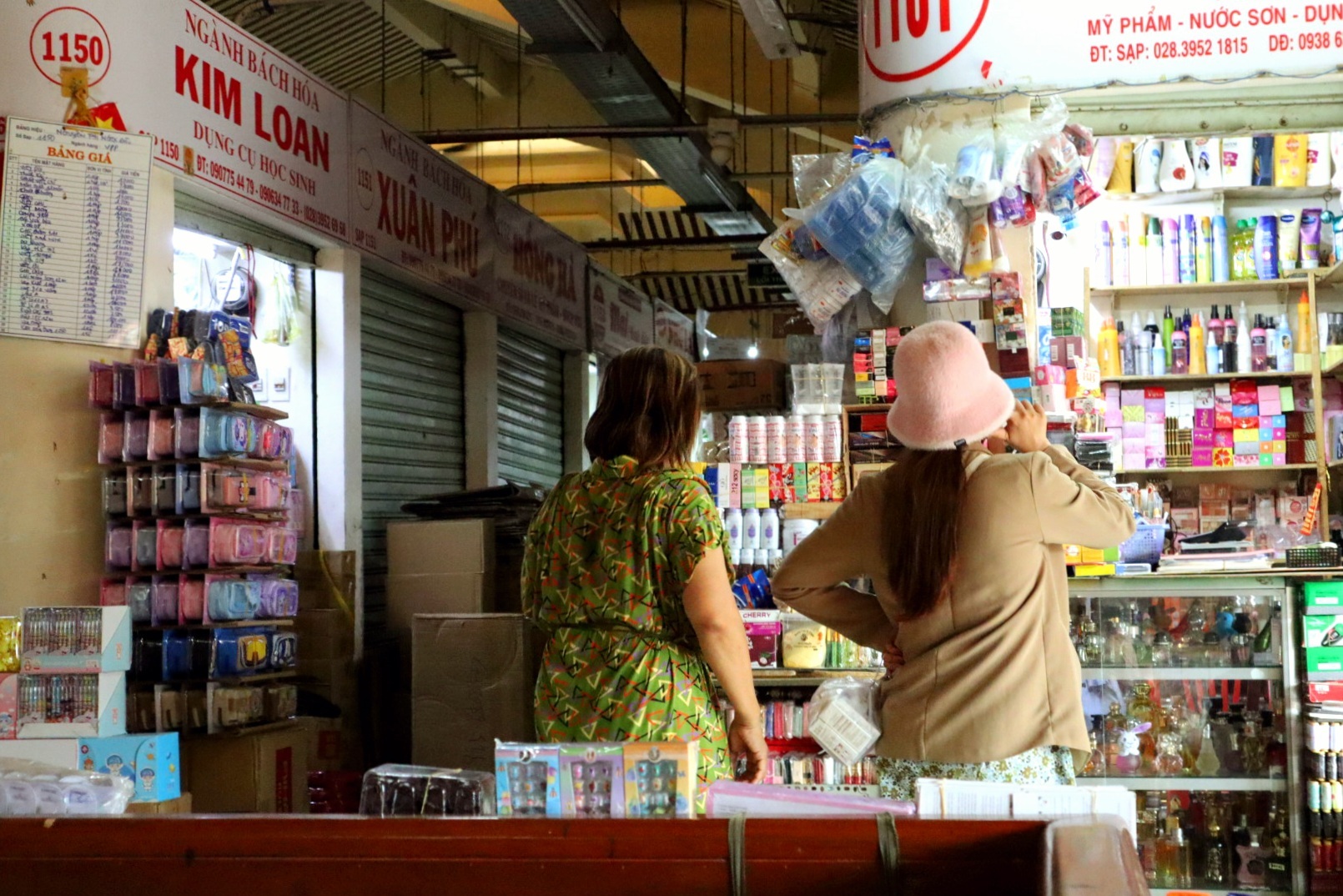
The Fabric Of Function
If you asked any Vietnamese woman why she wears đồ bộ, “comfort” would be her immediate response. With year-round heat intensity and sticky summers, Vietnam’s tropical humidity is too high for thermal clothes. Thus, đồ bộ, loose, light, and absorbent, is a perfect choice for such an environment.
“Wearing đồ bộ is comfortable. I can load goods and sell all day in this heat without getting sticky. At home, I’d wear shorter pants, and it’s even more comfortable,” said Ms. Dinh, 44, a petty trader in Binh Tay market.
This practicality isn’t just sensory logic but an economic consideration since a đồ bộ that can last for years of daily use might cost around 50,000 to 150,000 VND (two to five dollars. No ironing is required since đồ bộ is quick-drying and less wrinkly. Đồ bộ, in essence, is a garment of efficiency.
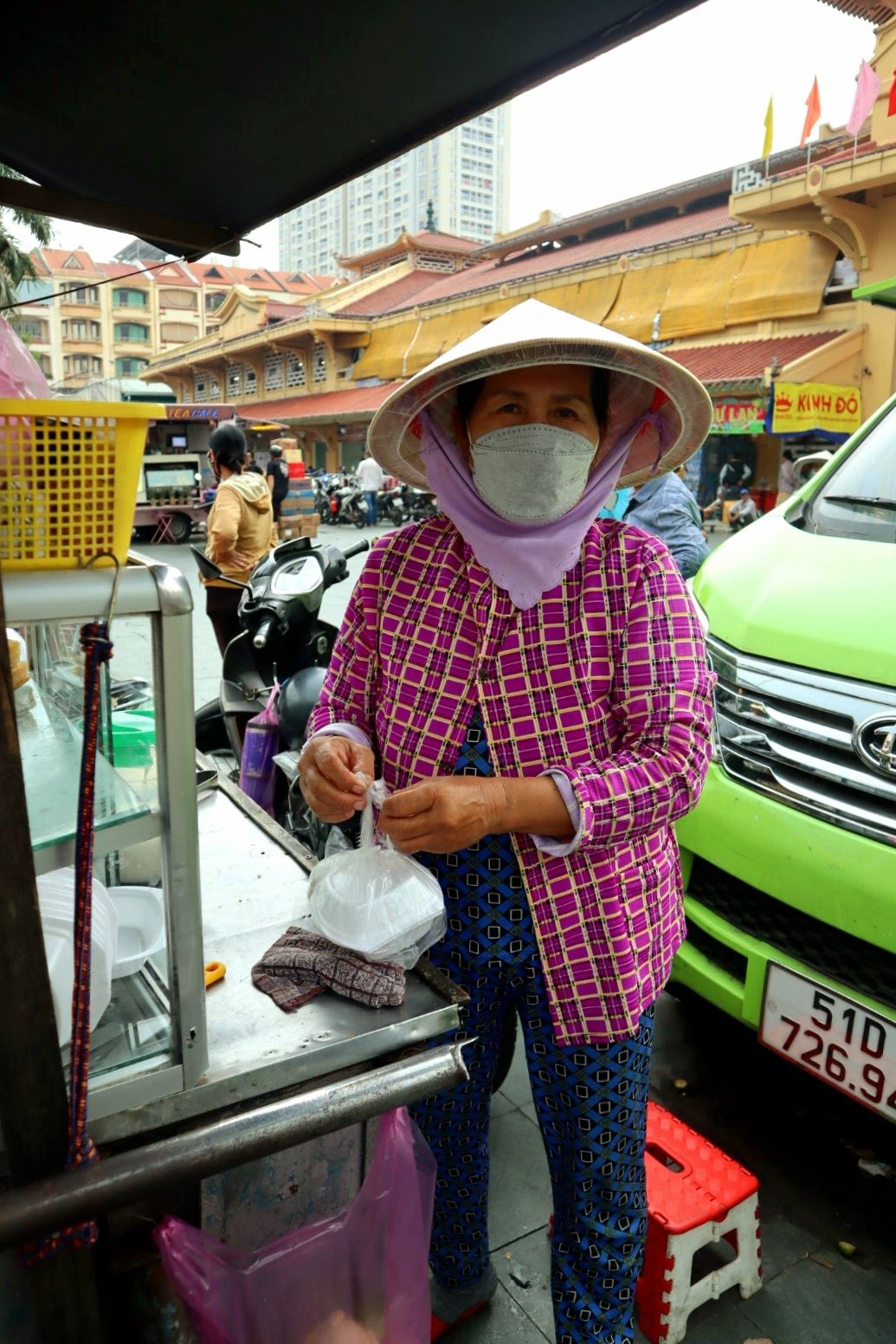
The Fabric Of Affection
But beneath practicality lies an emotional logic that’s softer and more intimate - a logic of heart and memories. Wearing đồ bộ can simply bring joy.
“Coming home after nine hours working in my uniform of plain black trousers and a light blue shirt, I find it’s fun to slip into something of green or yellow with floral patterns or polka dots,” said 49-year-old Ms. Long. This homewear, thus, captivates the eyes, lightening the mood even before comforting the skin.
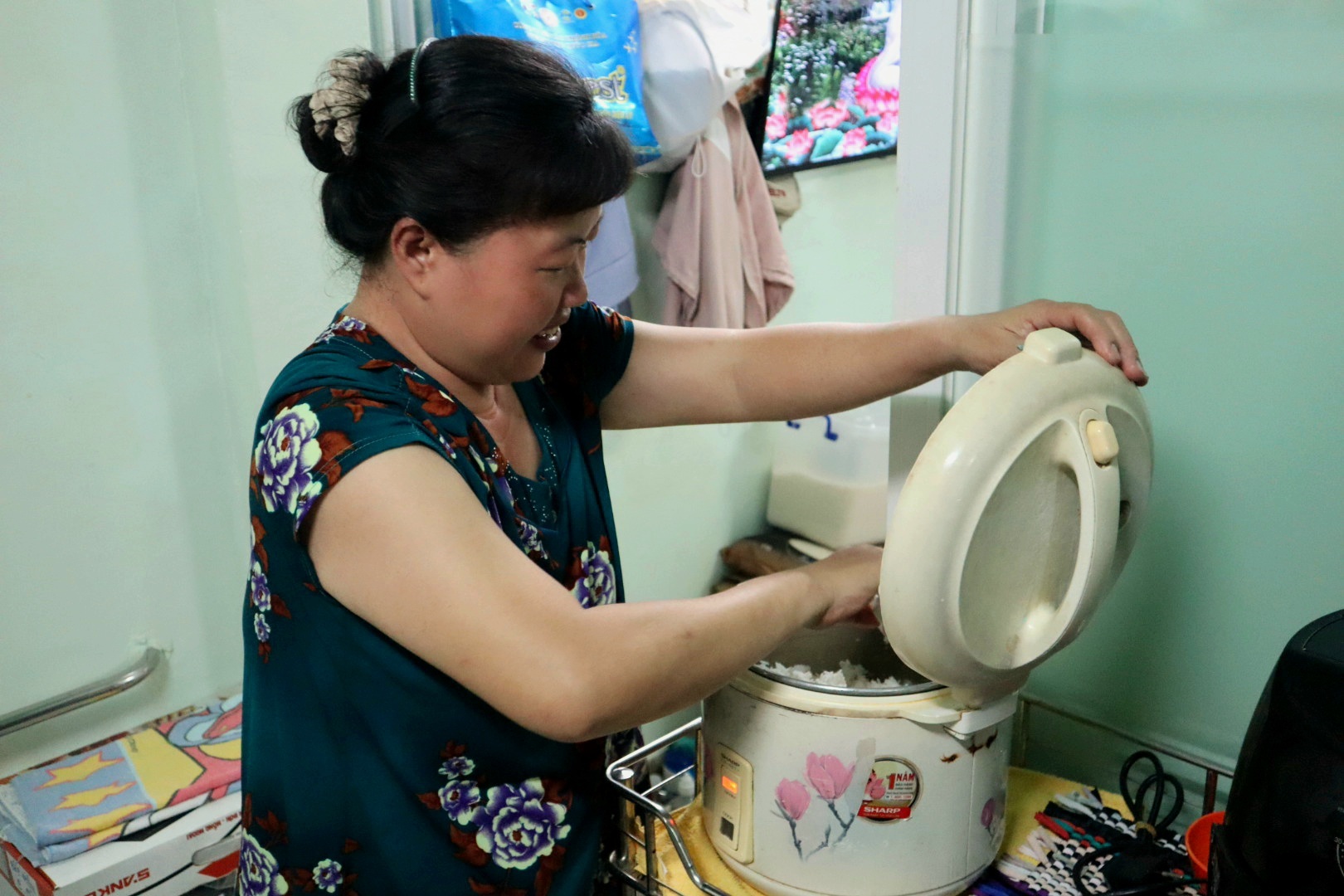
Talking about đồ bộ, the conversations swiftly drifted toward nostalgia. Women naturally recalled scenes from their childhood, from mothers who every morning prepared breakfast for their kids to grandmothers walking their grandchildren home from school - all in these matching sets.
Ms. Long recalls , “When I was small, my mom would sew new identical đồ bộ for our five sisters every Tet. We didn’t have much money back then. So having my mom make us new clothes in the new year was especially meaningful.”
And for the young generations, they describe wearing đồ bộ as a habit they learned even before they knew the world. "Since I was a kid, my mom has made me wear it, just like she and my grandma have worn it. It’s just familiar,” Ms. Linh, 24, said. “When I come home I want to wear something that feels like home.”
The images of women quietly tending the family in đồ bộ have deeply carved themselves into their childhood memories, shaping not just the comfort but what “home” feels like.
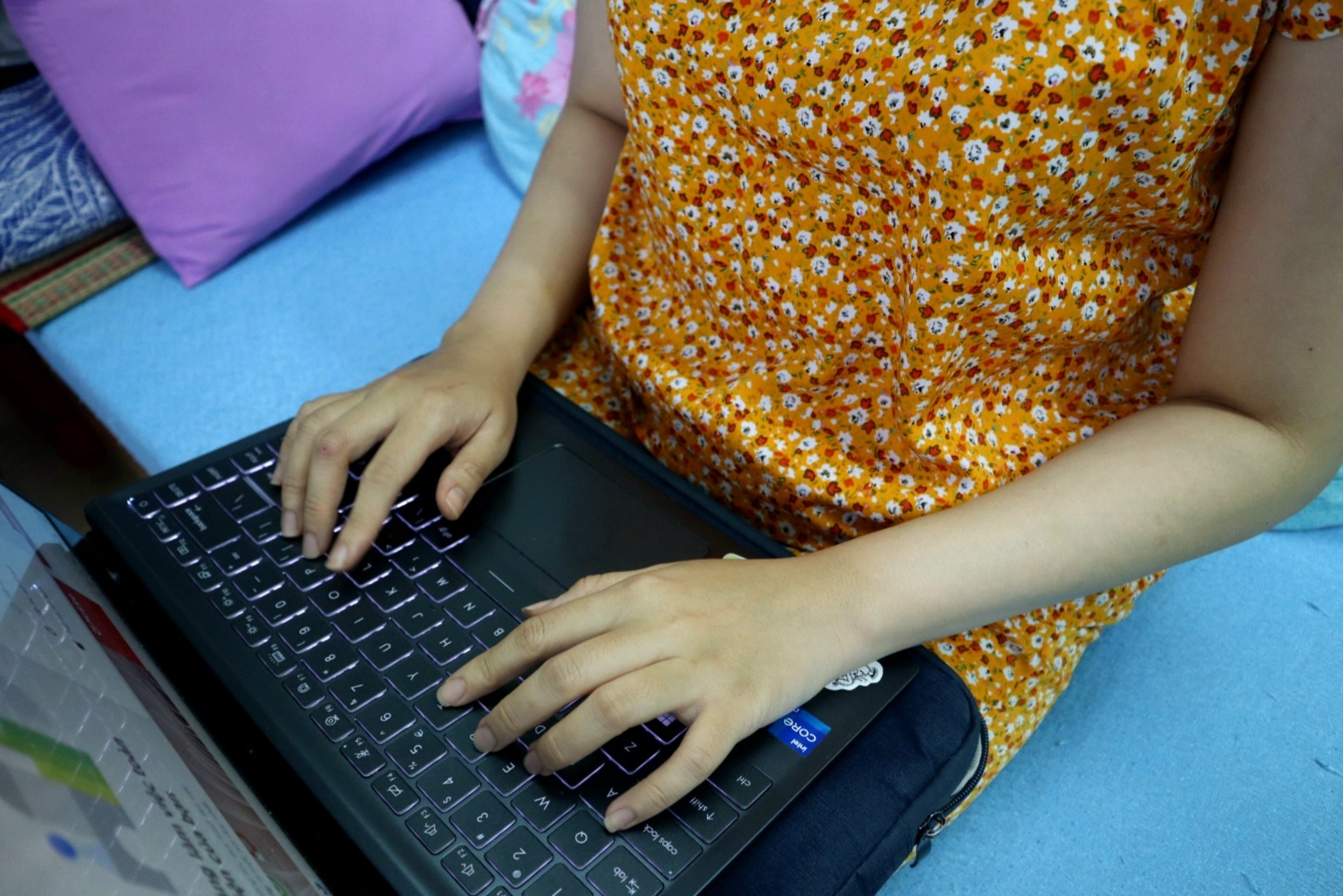
Vietnam's modernization sweeps through every corner, yet đồ bộ remains a silent reminder of simplicity and resilience, beautifully negotiating the space between street and home. It tells a story of a woman who’s capable yet graceful, moving comfortably in the harsh conditions to care for her family.
Next time you wander across the busy streets of Saigon or take a boat along the Mekong River, take a moment to appreciate the beauty of đồ bộ of the women you pass by. See colors and patterns, yet understand the logic of weather, the pragmatism in work, and the tenderness of affection tied closely to it.
